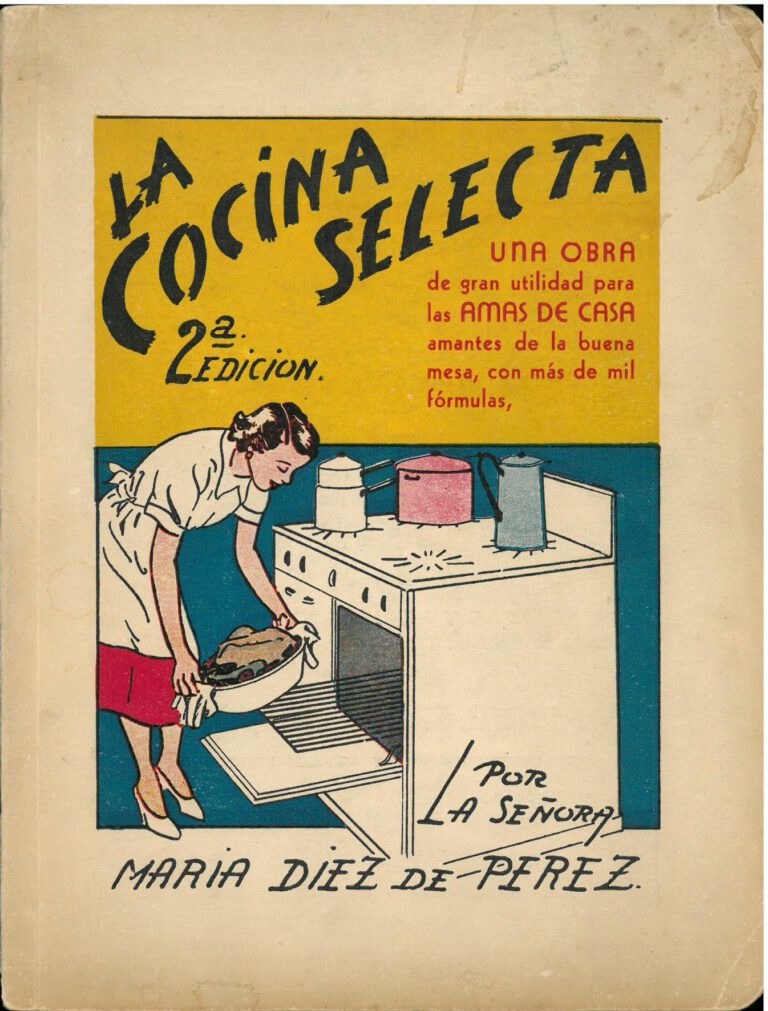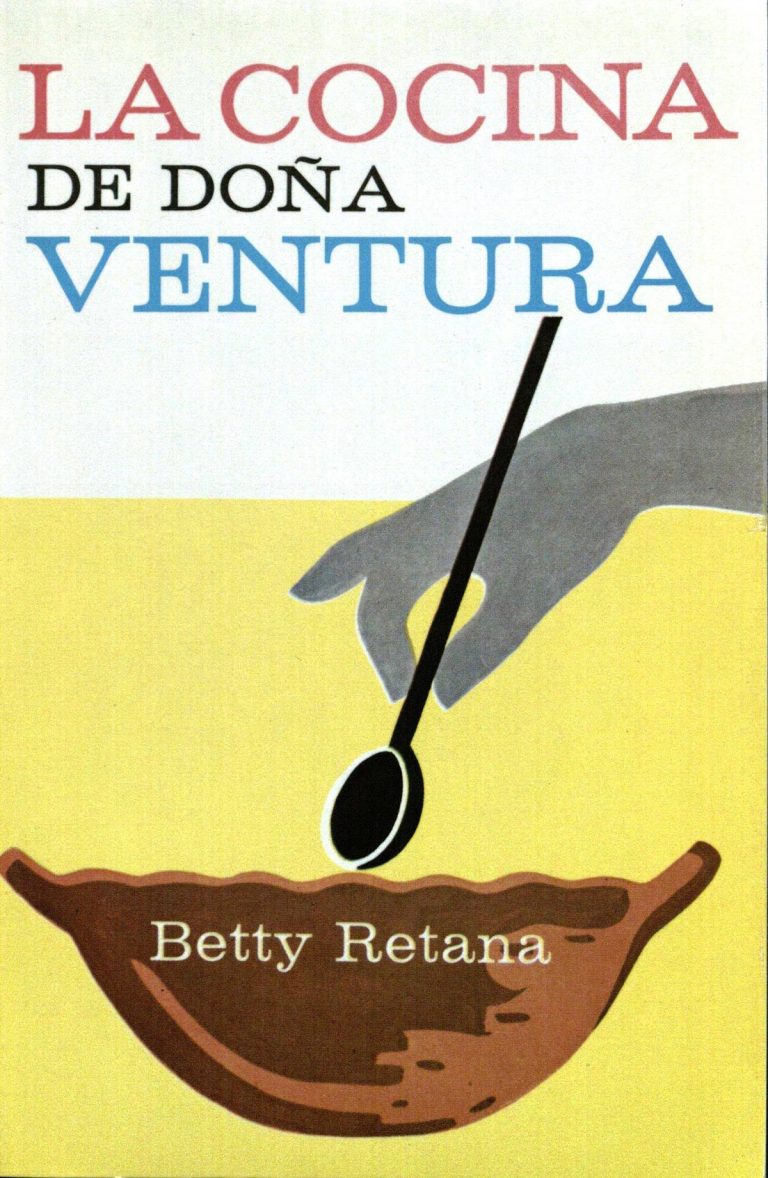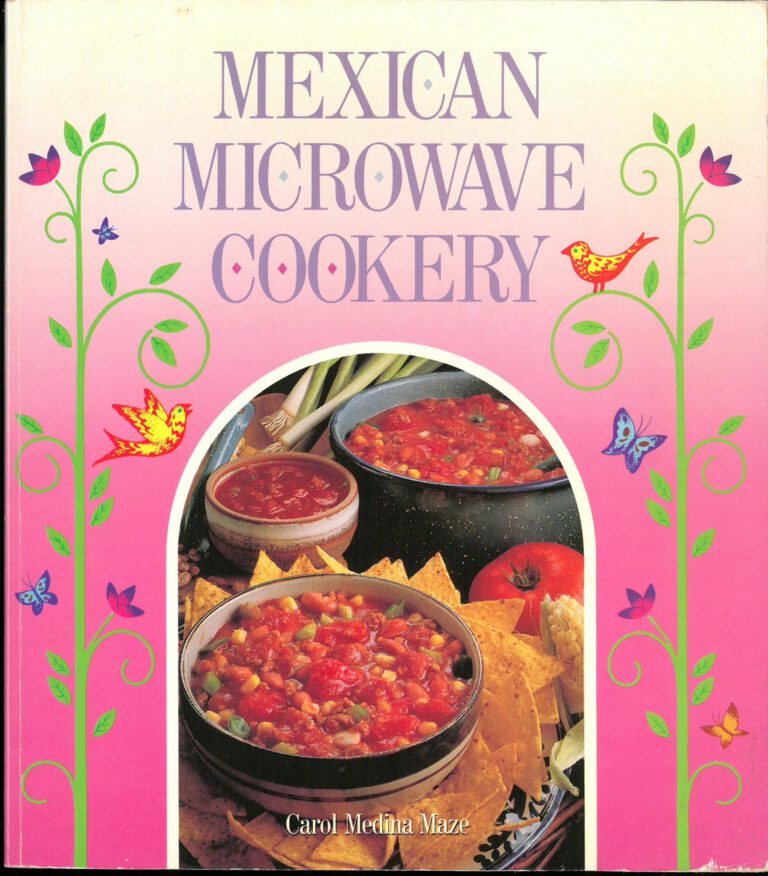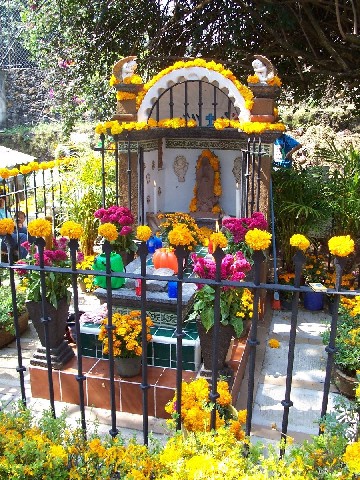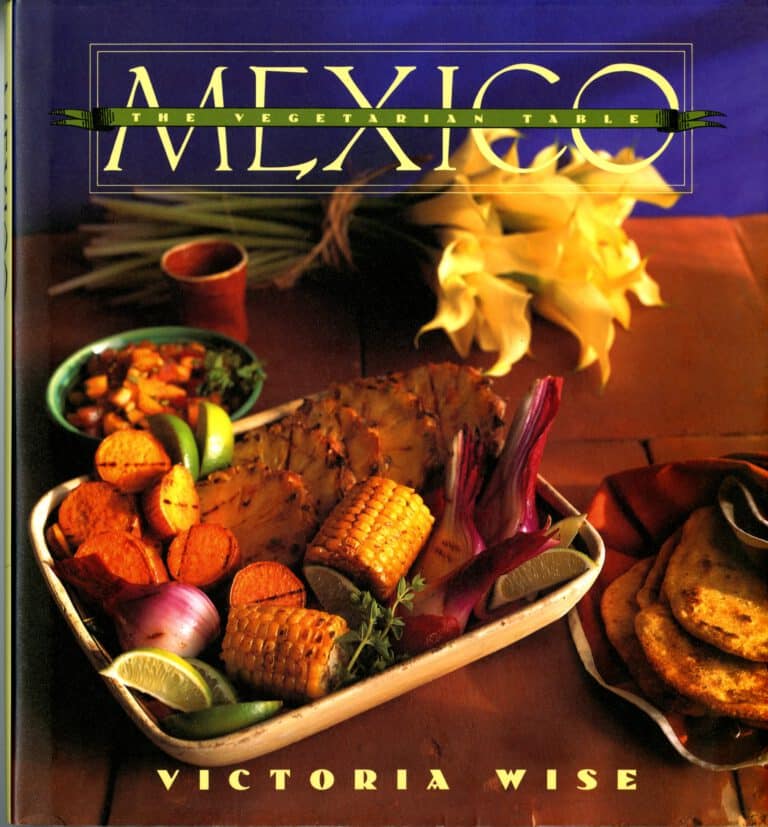Mole Amarillo 1975 (Yellow Mole)
Campo, Elena Tajonar. Lo Mejor de la Cocina Oaxaqueña (Mexico: Gomez-Gomez Hnos. Editores, 1975): 27.
Justly famous for its diverse and unique cuisine, Oaxaca is sometimes called the land of seven moles. According to chef Ricardo Muñoz Zurita, the core seven moles are: chichilo negro, manchamanteles, Amarillo, coloradito, Colorado, negro and verde. However, there are numerous other mole variations, too. Some moles are traditionally served with poultry (such as mole negro), while others generally appear with pork (like mole verde). For this week’s cooking demonstration, we prepared a stew-like yellow mole made with guajillo chiles, beef, and corn meal dumplings.
Mole Amarillo
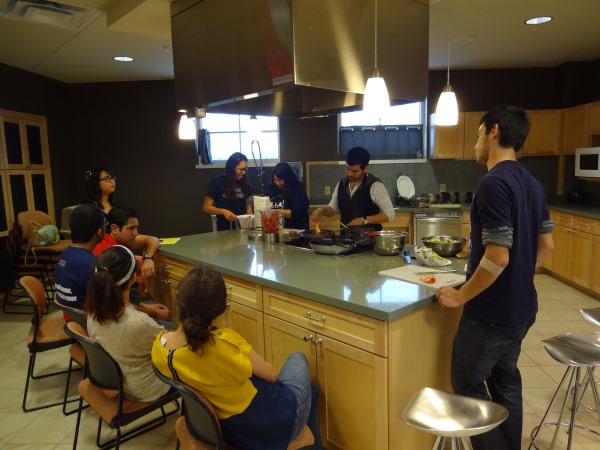 4 chiles guajillos
4 chiles guajillos- 2 dientes de ajo.
- 1 jitomate maduro mediano
- 1 hoja de hierba santa o hojas de aguacate
- 20 tomates chicos
- 1 puño de ejotes.
- 1 pedazo de cebolla
- 2 chayotes medianos.
- ½ taza de masa
- ½ kg. de espinazo o de codillo.
- 2 cdas. de manteca. sal al gusto.
- 10 cominos.
La carne se cuece con sal al gusto, agua, ajo y cebolla. Y que esté bien cocida, se le agregan los chayotes pelados y picados y los ejotes deshebrados. Los chiles se remojan en agua fría durante tres horas aproximadamente, se desvenan y se muelen. Los jitomates, los ajos, los cominos, la hoja de hierba santa tostada y los tomates crudos se licúan. Media cucharada de manteca se calienta y en ella se frien los chiles molidos; una vez estén bien sofritos, se adiciona el licuado de jitomates y tomates. Posteriormente, se añade la carne, los ejotes, los chayotes y el caldo colado. La masa se mezcla con una chuaradita de manteca y sal; se amasa muy bien y se forman unas bolitas, a las cuales se les hace un huequito para que queden como nidos. Cuando el caldo este hirviendo, se incorporan las bolitas de masa, una a una. Se sirve caliente.
Mole Amarillo
Yield: ~6 servings. Preparation time: ~1 h. Cooking Time: ~2 h
*With a few modifications for the modern cook
- 4 guajillo chiles
- 1 ripe red tomato
- 20 small tomatillos
- ½ cup masa
- 2 tbsp. lard
- 10 cumin seeds
- 2 cloves of garlic
- 1 handful of green beans
- 2 medium chayote squash
- 1 garlic clove
- 1 small onion, roughly chopped
- salt to taste
- 1 yerba santa leaf or some avocado leaves
- 1 pound beef for stewing, or skirt or flank steak, cut into 1-ich cubes
- Soak the chiles in hot water for about 15 minutes. Devein and grind in a blender.
- Put the beef, garlic, and onion into a large saucepan, cover well with water, add salt to taste, and bring to a simmer. Simmer over low heat until beef is tender – about 40-60 minutes. A meat thermometer in the middle of a cube should read at least 145*Fahrenheit.
- Meanwhile, peel and slice the chayote squash and cut the green beans into small pieces.
- When the meat is well cooked, add the chayote and green beans.
- In a blender, liquefy the red tomato, garlic, cumin, yerba santa leaf (previously toasted), and raw tomatillos.
- Heat half a tablespoon of lard and fry the ground chiles in this. When well-cooked, add the liquefied tomato and tomatillo mixture.
- Drain the beef and vegetables, but reserve broth and strain it through a sieve.
- Add the beef, vegetables, and enough broth for a thick soup to the chile-tomatillo mixture and bring to a boil. Add reserved broth as needed.
- Mix the masa with a teaspoon of lard and salt. If using masa harina, use ¾ c. masa harina to ½ c. water, ¼ tsp. salt, and 2 tsp. vegetable oil.
- Mix well and form into small balls, about the size of cherries. Push a finger into each ball to make an indentation, so they look like small nests. When the broth is boiling, add the dumplings one by one. Simmer 10-15 minutes, till dumplings are cooked through. Serve hot.
[1] Ricardo Muñoz, Diccionario Enciclopédico de Gastronomía Mexicana (México : Editorial Clío : Fundación Herdez, 2000), 404.


